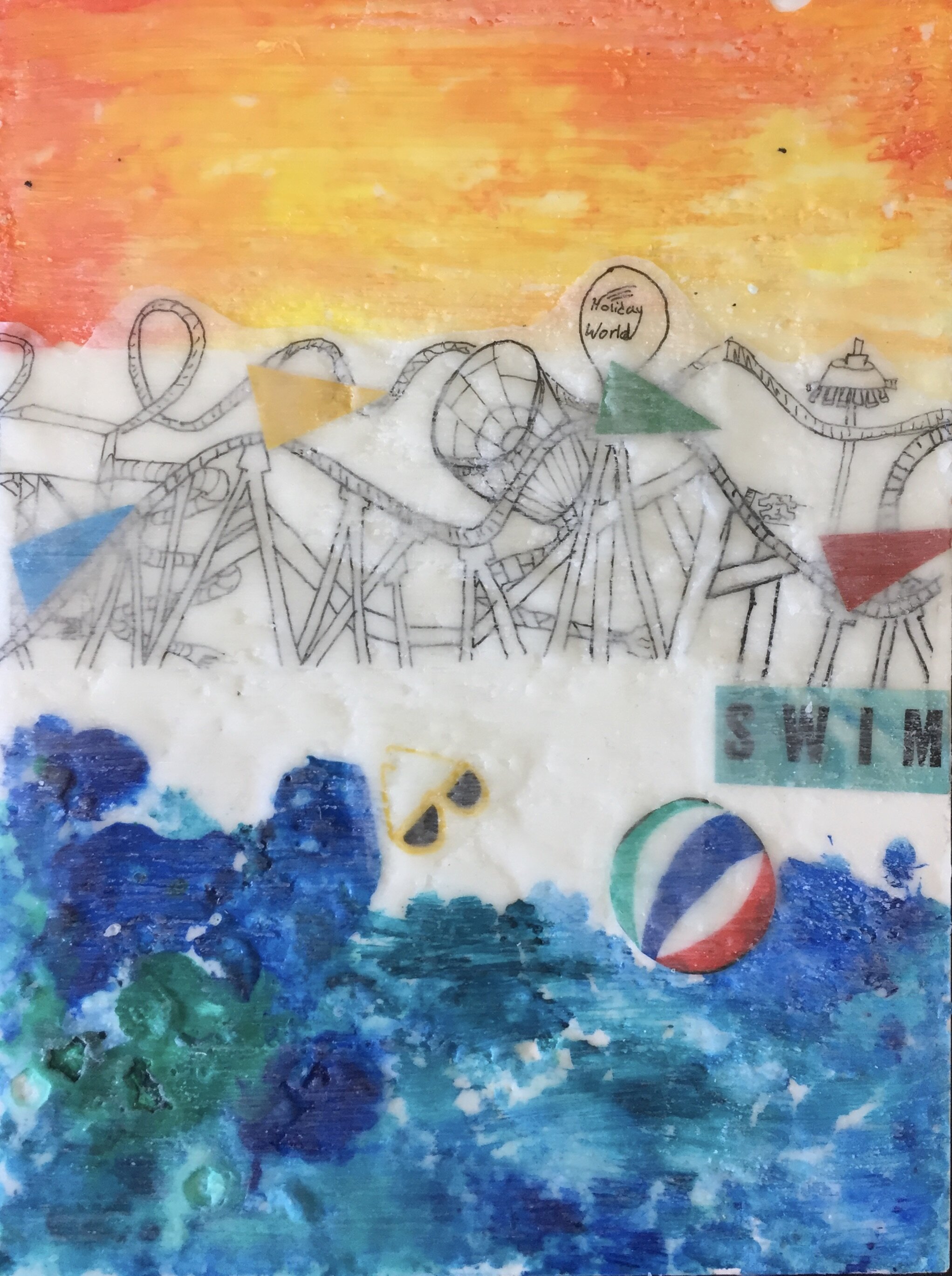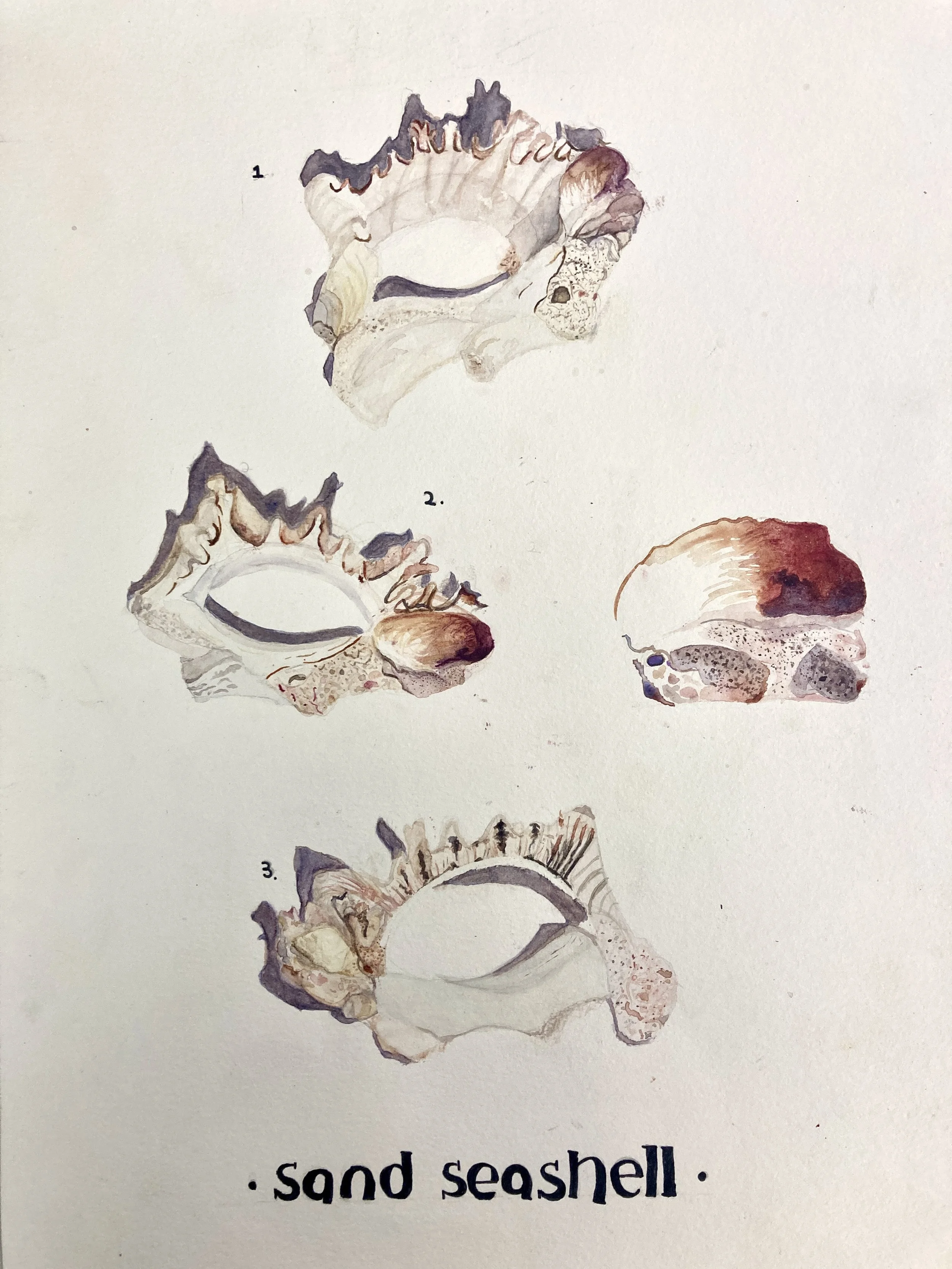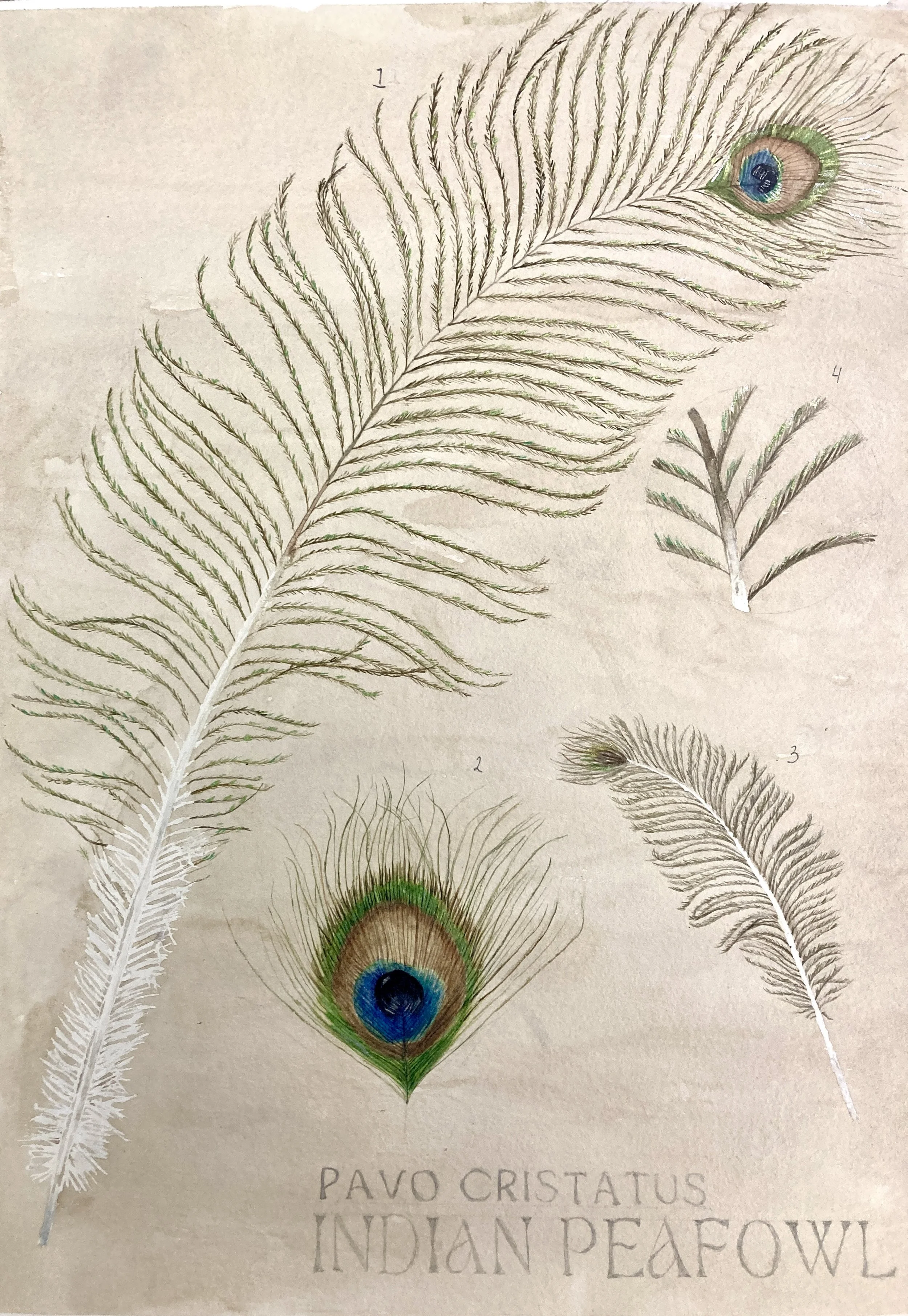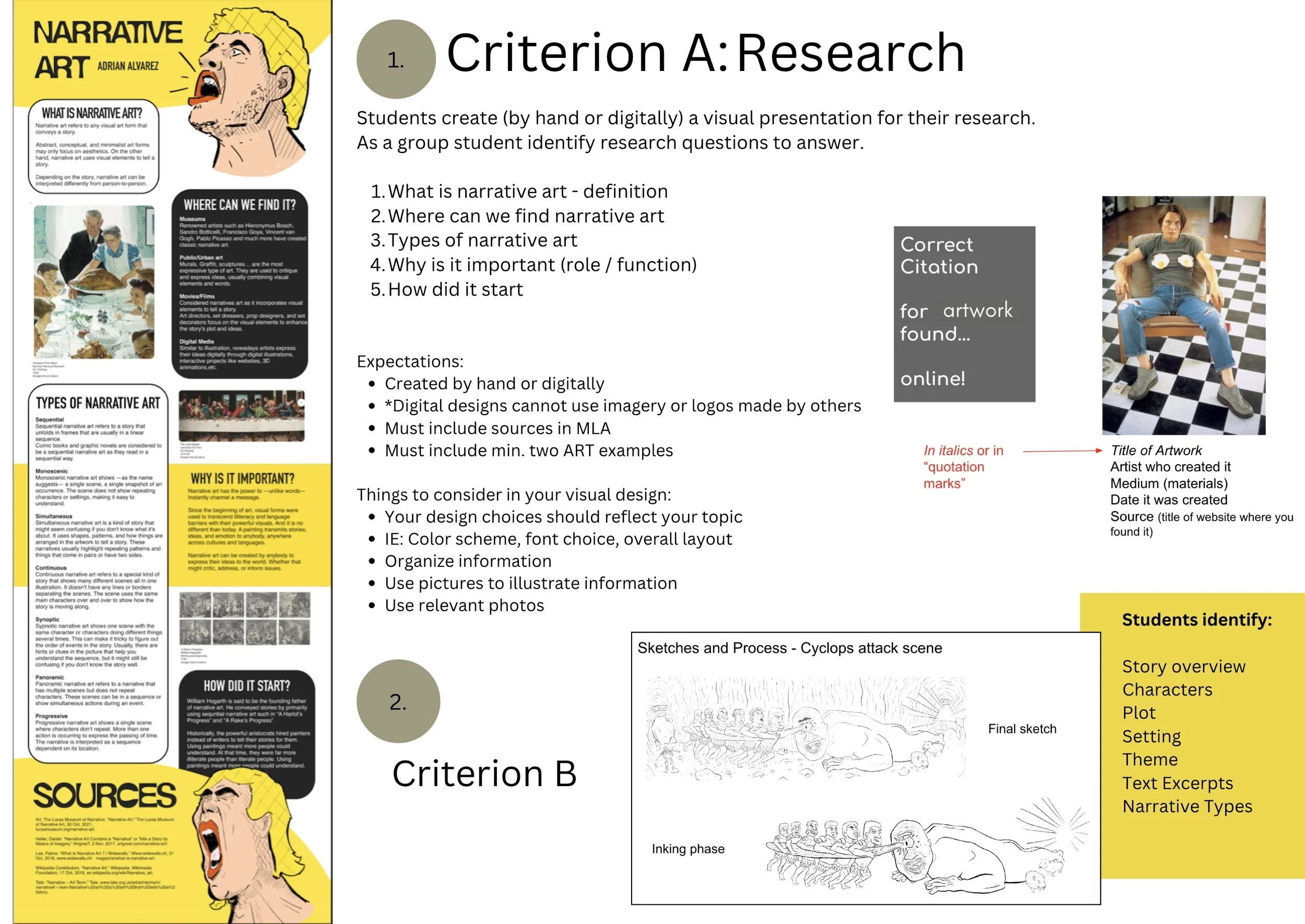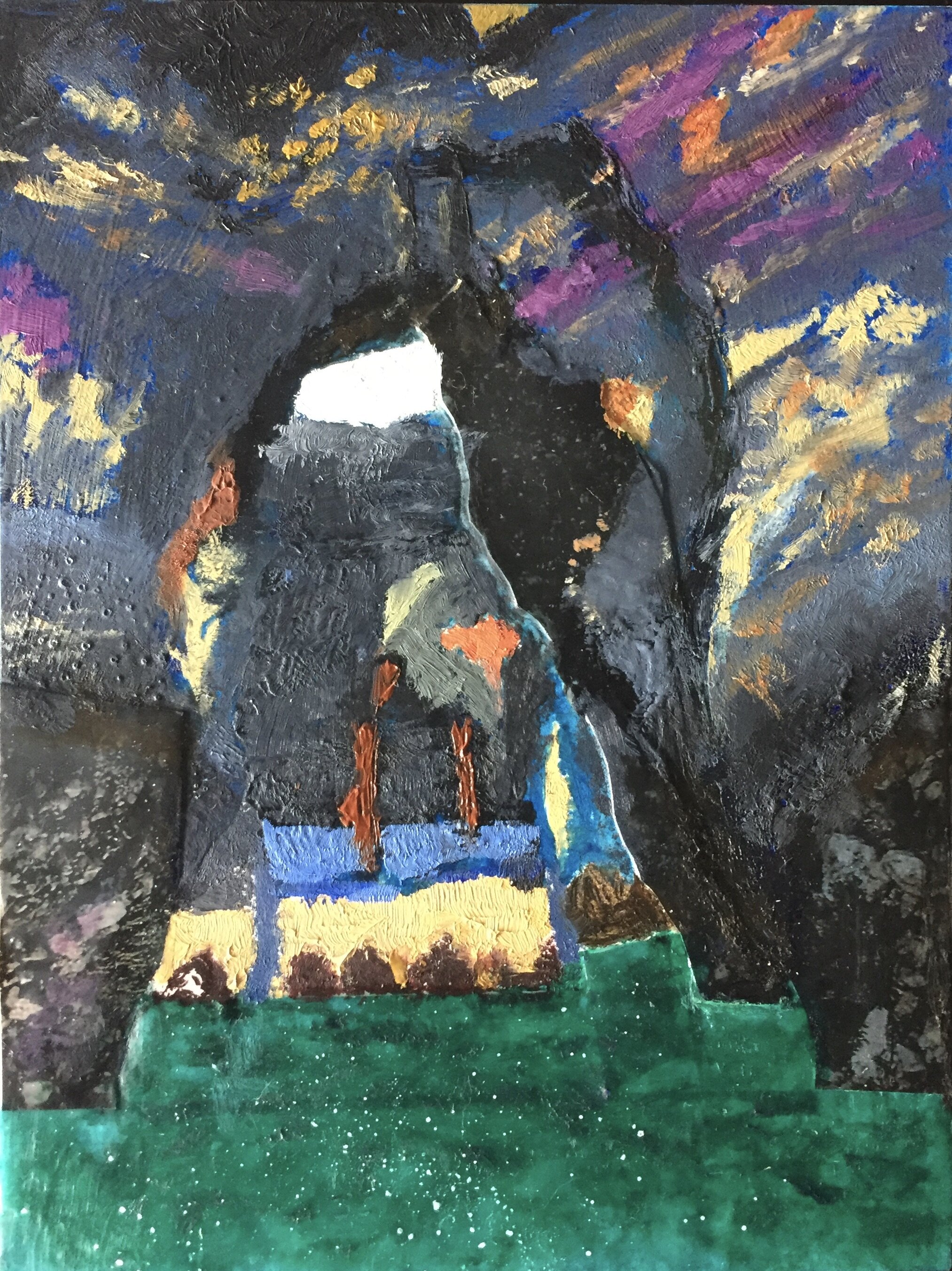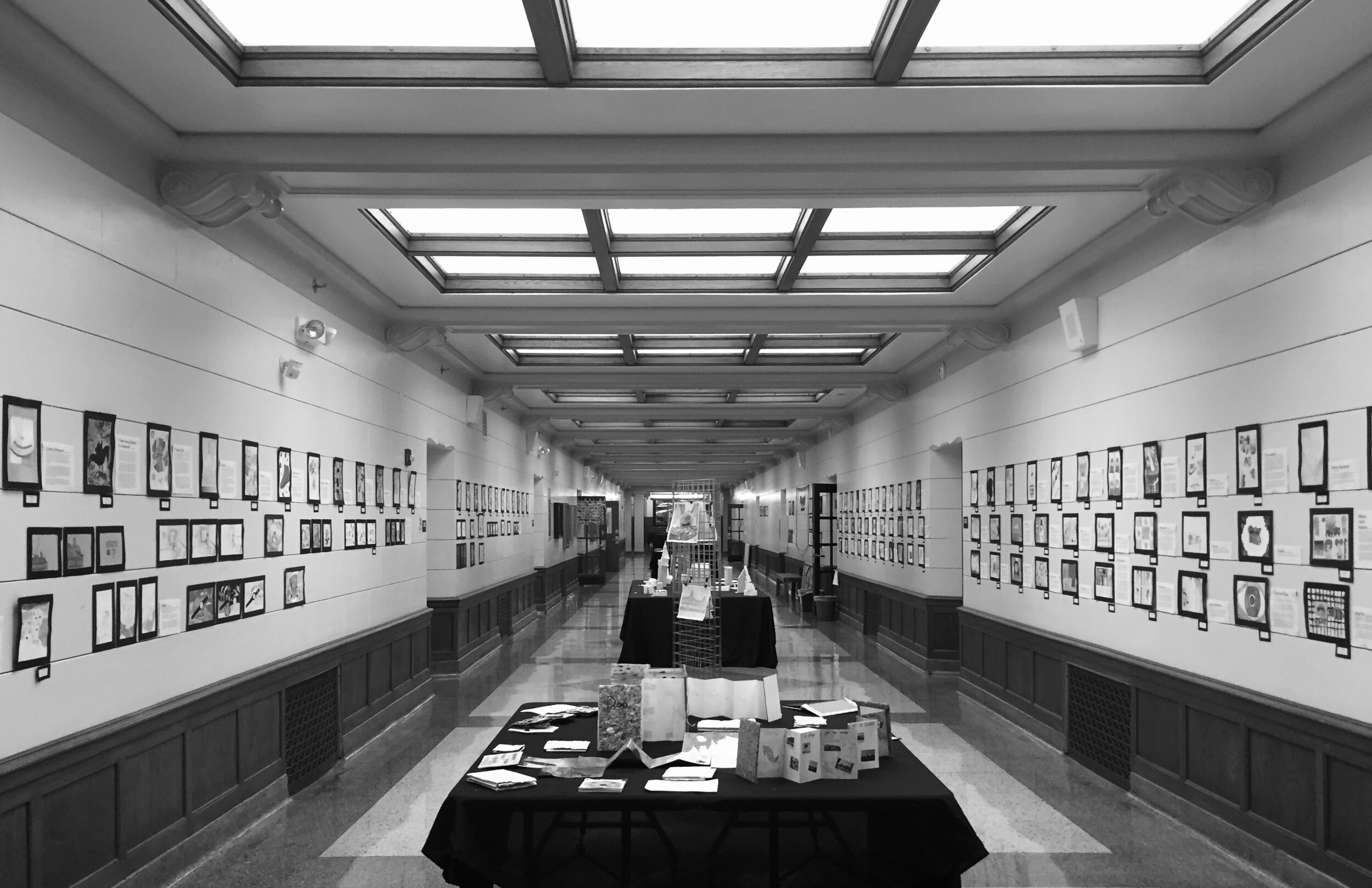
MYP Visual Arts
In the past I have approached teaching MYP grades 9 & 10 by keeping two things in the forefront of my mind. First, to prepare students for the Diploma Program and second, to do so in a contemporary and holistic way.
As an educator it is important to me to give students a snapshot of how the art world really is and how it came to be. Students should be immersed in the world of art in all of its forms, functions, and fashions. They need to understand that art is for them and that it is worth caring about. They should feel confident and have agency when looking at, talking about, and creating art. They should be given the opportunity to develop the skills to think and make both creatively and critically.
Achieving this requires an approach to teaching that is relevant and varied. My units look at artists of color, women who are artists and art from all over the globe. My approach focuses on experimentation, conceptual ideation, writing, reading, critique and art history. All of which is tailored to the student demographic.
To believe that art is for them, students need multiple avenues and opportunities to be successful; to strengthen their technical skills by exploring a variety of media, developing their writing with structured artist statements and defined vocabulary; to engage with units aligned to overlap with the major components in DP to ensure their future success. I have found that this approach to teaching is what allows students to understand and appreciate what art is and can offer them.
Strategic planning of the syllabus is necessary to allow for this contemporary approach and as an MYP teacher it is crucial to work with the DP Art teacher when planning the MYP curriculum.
It is important that the curriculum enables students to improve their technical skills, especially if growth is needed in that area as it has been with many of my students. However, what differentiates a traditional approach to teaching art from a modern approach is designing units around a statement of inquiry that allows students to develop their creative process.
A well designed statement of inquiry, use of the key concepts, related concepts, and global context to give direction and a “lens” for student learning. These are the framework that supports students' multimodal investigation into art. Whether that art is inside a classroom, in the community, in nature or in a museum.
Below I have included a brief overview of some of the units I have previously taught.
Illustration Techniques (2023-24)
Scientific Illustration
Observational Skills
Statement of Inquiry: Artists' representation of forms can help document their understanding of the natural world.
Key Concept: Form
Related Concept: Composition, Represntation
Global Context: Scientific and Technical Innovation
Narrative Illustration
Storytelling Through Art
Conceptual Understanding: Visual literacy is key to understand the world in which we are living and enhances meaning.
Key Concept: Communication
Related Concept: Structure, Narrative
Global Context: Personal and Cultural Expression:
Fashion Illustration
Design
Statement of Inquiry: Through analysis of an existing brand, students apply their understanding of how brand's develop designs to target a specific customer base.
Key Concept: Aesthetics
Related Concept: Audience, Innovation
Global Context: Personal and Cultural Expression : Products / Entrepreneurship
Grade 9: (2017-19)
Manuscripts
Art History : Illuminated Manuscripts & Blackout Poetry
Statement of Inquiry: Individuals express themselves through creativity.
Key Concept: Identity
Related Concept: Creativity
Global Context: Identities and Relationships
After using VTS (visual thinking strategies) to inquire about a manuscript page students dove into the world of Medieval art.
Using the Bestiary† (medieval encyclopedia) students made connected their identity with three of the beasts, stones or plants. These visual elements were then used as inspiration for their blackout poem.
For context I devoted two days to have students explore different aspects of society in the middle ages. Some of the groups included: Crime and Punishment, Economics and Society and The Plague.
As a class we looked in depth at the Book of Kells but students used many singular manuscript pages for visual examples to aid in the visual development of each part of their manuscript page.
After understanding the interconnectedness between art and religion during the Middle Ages, students ended this unit by debating the constraints on creativity using situations that have arisen in contemporary art.
Printmaking
Ideation: Developing a Theme
Statement of Inquiry: Appropriation and printmaking allows artists to utilize sustainability in their art making process.
Key Concept: Communication
Related Concept: Development
Global Context: Globalization and Sustainability
Using contemporary artists such as Barbara Kruger, Lorna Simpson and Kehinde Wiley students learned about appropriation and identified some of the ways in which these artists use appropriation in their artwork.
As an introduction to the medium students selected a printmaking artist to explore and create a biographical page about their artist and the printmaking process they used.
Looking at the postmodern principles† students learned about some of the themes contemporary artists are interested in conveying. Then, throughout a series of activities students identify, research and develop a theme/big idea they are interested in conveying through their prints. We focused heavily on the ways that artists can communicate their theme/big idea such as narrative, symbolism, etc.
The culmination of this unit resulted in multiple linoleum prints on different recycled or repurposed materials.
Sculpture
Comparative Study: Artist Mashup
Statement of Inquiry: Aesthetic preferences are not always a conscious choice but are predetermined by your environment.
Key Concept: Aesthetics
Related Concept: Style, Visual Culture
Global Context: Orientation in Space and Time
In this unit , which is designed to mirror the DP comparative study; students investigate the concept of aesthetics in art and create a sculpture inspired by an artist of their choosing.
After researching questions in groups such as, “How does art get categorized? Periods vs. Movements”, “How does one art movement influence the one that follows it?”, “Define the term: aesthetics in terms of art”. Students then compile a list of questions to ask an artist. These questions then become the framework for their artist research.
In a surprise twist, students are paired up and asked to compare and contrast their dissimilar artists. After sharing their artists background, geographical location, style, artistic movement, etc. each student is challenged to incorporate both their own artist and their partners artist in their sculpture.






Grade 10 (2017-19)
2D Media
Technical : Drawing From Life
Statement of Inquiry: Changes in time, place and space affect how we view an object/objects.
Key Concept: Time place and space
Related Concept: Play
Global Context: Orientation in space and time
Encaustic
Ideation : Memory & Descriptive Writing
Statement of Inquiry: Through art, artists can visually record abstract thoughts, perspectives, and events.
Key Concept: Connections
Related Concept: Interpretation
Global Context: Identities and relationships
Watercolor
Theme : Endangered & Extinct Animals
Statement of Inquiry: Artists use visual composition to show how global connections and human behavior cause change in nature.
Key Concept: Change, global Interactions
Related Concept: Composition
Global Context: Globalization and sustainability





